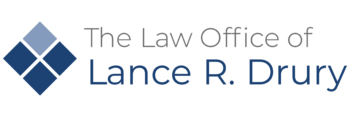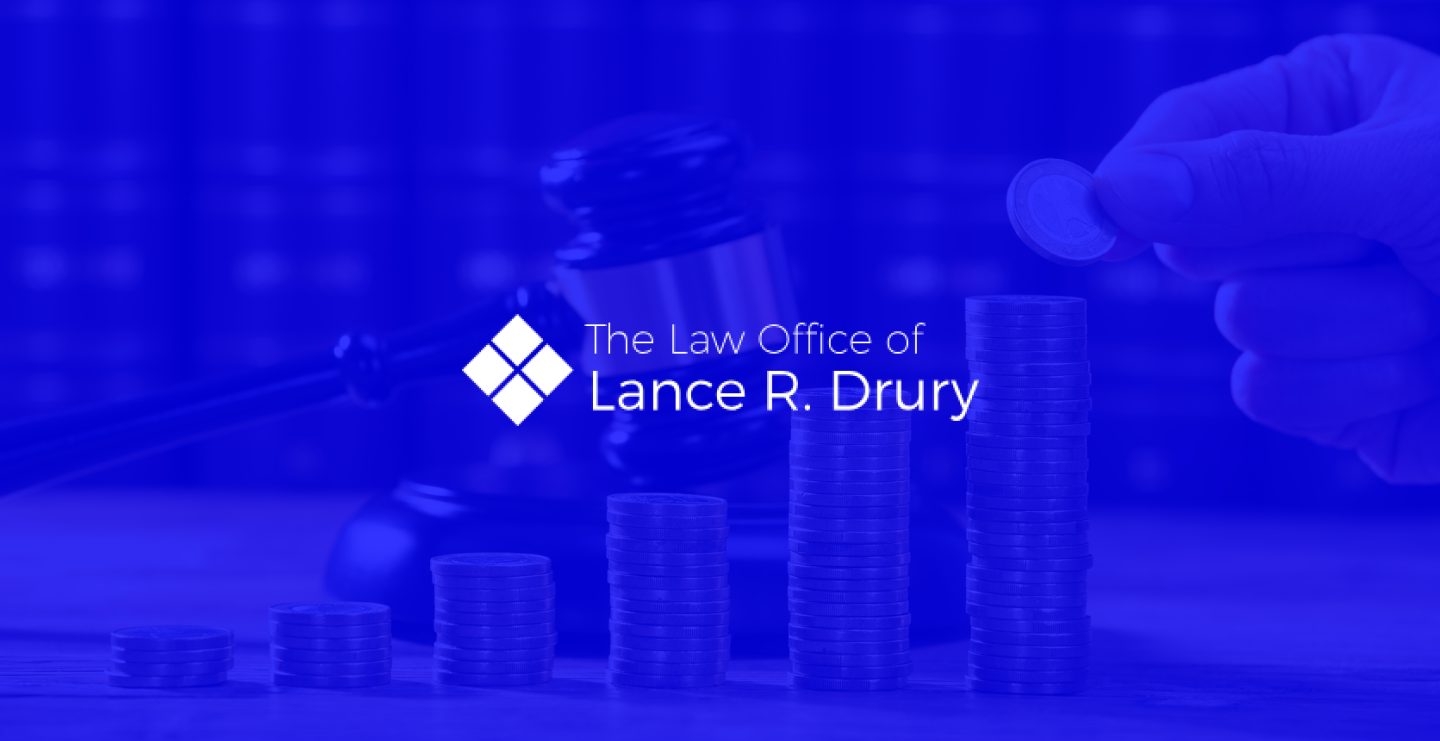Physical property is not the only thing the Internal Revenue Service could issue a levy against in connection to an unpaid tax debt. Levies could also be issued against a person’s bank accounts or wages. Bank levies and wage levies can have significant impacts on what financial resources a person has access to in their everyday life, and thus are tax collection devices that can impact a person in some very fundamental ways.
When a person is facing this powerful IRS tax collection method, it is important for them to know what options they have for addressing the levy. There are a range of potential methods for trying to get a levy released. A person’s individual situation dictates what methods are available to them.
In some instances, a person who has had a bank or wage levy issued against them may be able to make a request for a levy release on the grounds of the levy causing immediate economic hardship. When it comes to IRS levies, immediate economic hardship is defined as being blocked from covering reasonable and basic living expenses.
What the result of a given immediate economic hardship levy release request will be can be impacted by a range of factors, including what sorts of evidence of hardship are presented in relation to the request.
How efforts to get a bank/wage levy released go can, whatever method a taxpayer pursued, have all sorts of big impacts on a taxpayer. Another thing that can have big implications for a taxpayer facing a levy is what actions they take regarding the tax debt underlying the levy.
Experienced tax attorneys can provide individuals facing bank or wage levies in relation to tax debt with guidance on issues regarding addressing the levy and the debt underlying it.
Source: Internal Revenue Service, “What if a Levy is Causing a Hardship?,” Accessed April 22, 2016

 Call Us Now
Call Us Now Email Us Now
Email Us Now

